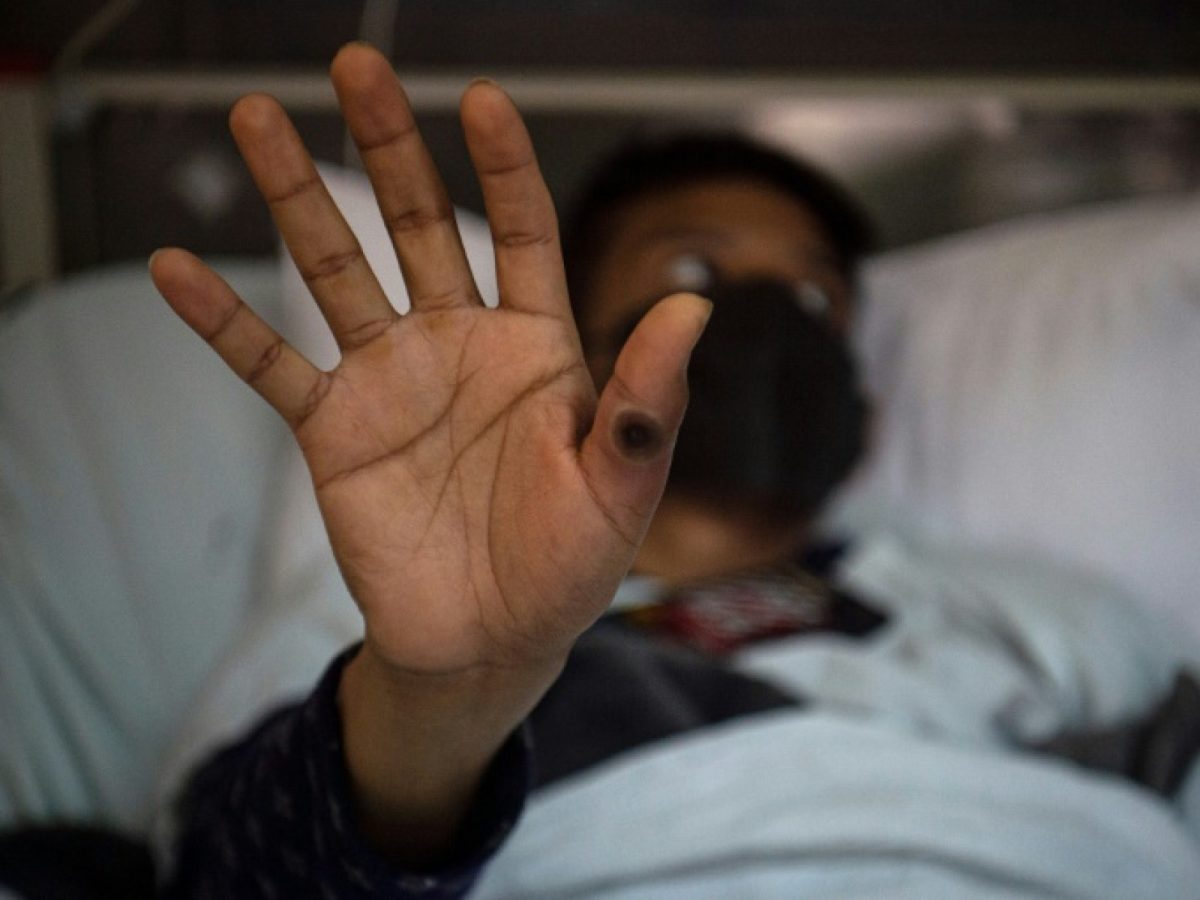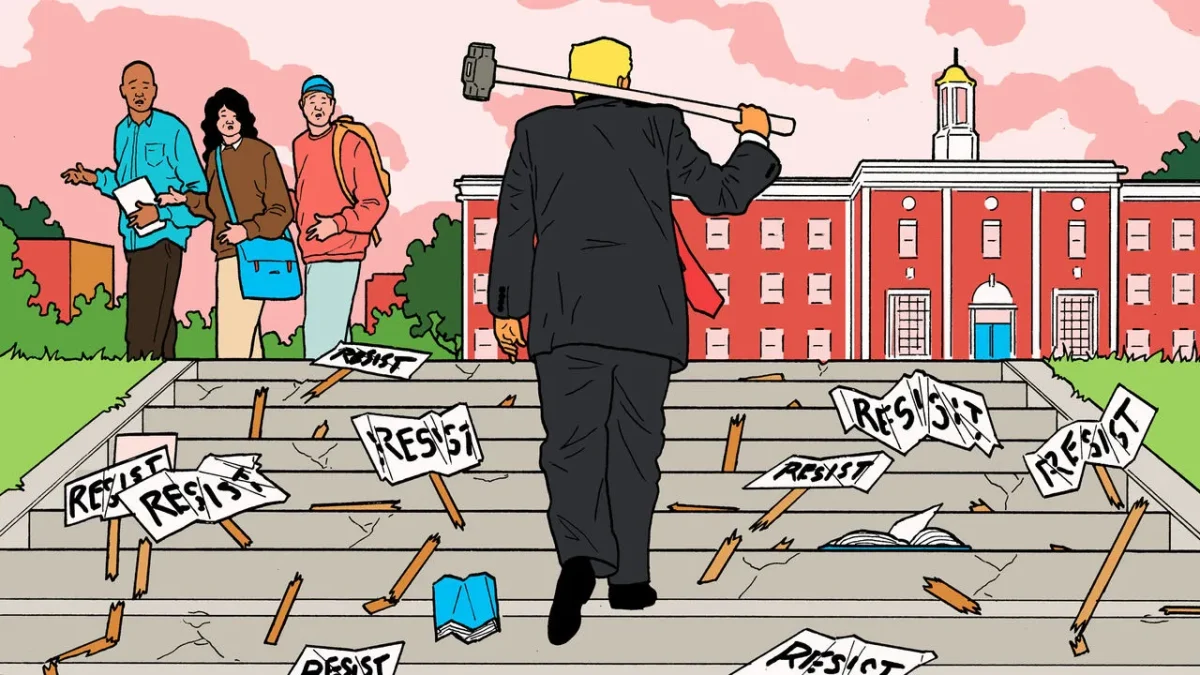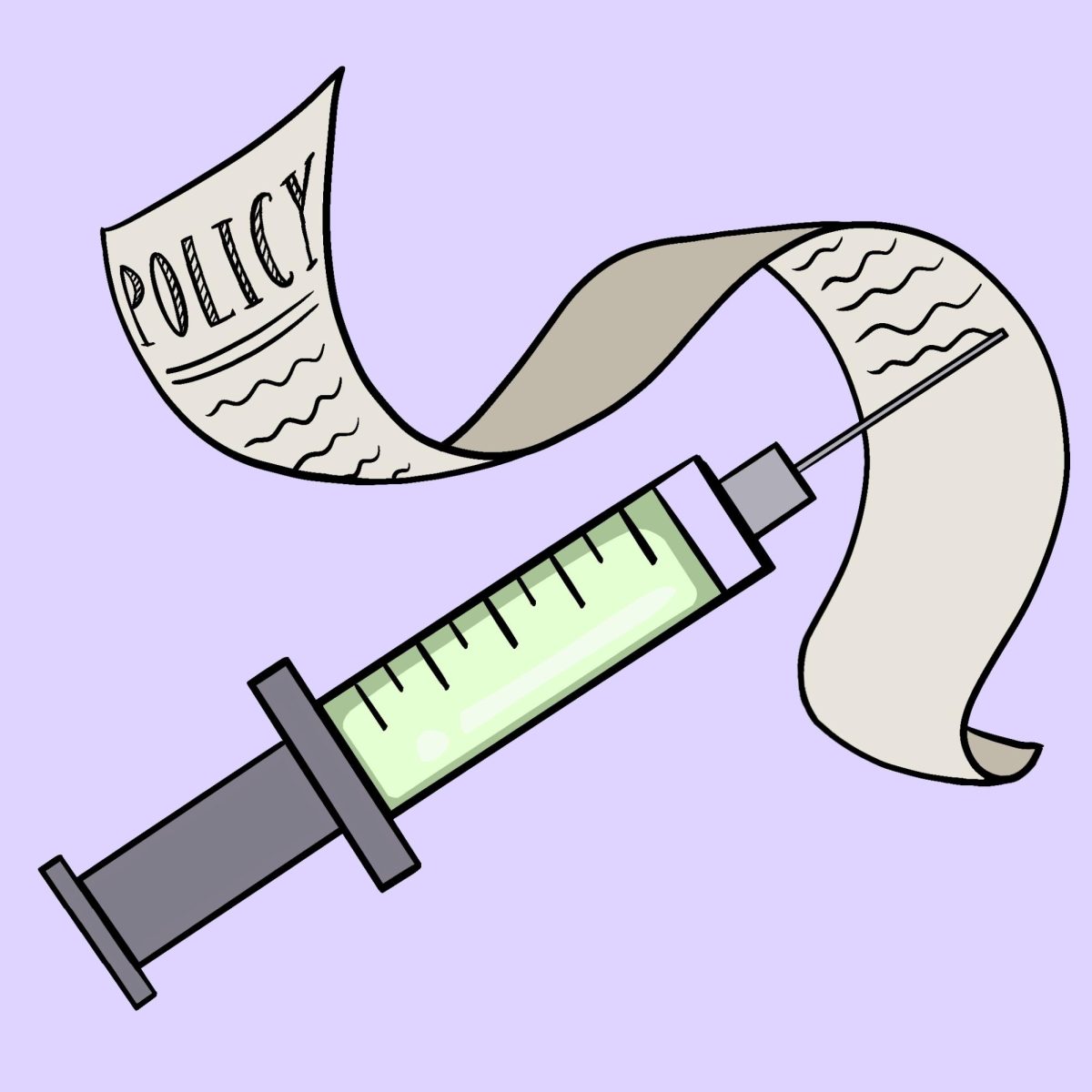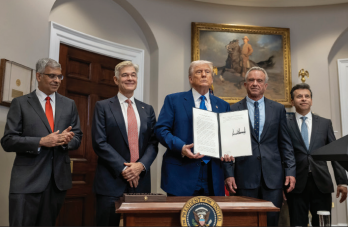Monkeypox has recently garnered significant media attention, prompting the CRLS community to seek a better understanding of this virus and its potential impact. The viral infection spreads through close person-to-person contact and is very contagious.
Monkeypox, first identified in 1958, is most prevalent in Central and West Africa. The virus has a lower mortality rate than smallpox, its viral cousin, with fatalities in recent outbreaks around 3-6%. Since its discovery, over 75,000 cases have been reported worldwide, with occasional outbreaks spreading beyond Africa.
When asked about his concern regarding the spread of monkeypox in our area, Walter Hopwood ’26 shared to the Register Forum, “To be honest, I’m not that worried because I have not heard of any cases in our area. But I’ll make sure to stay informed in case something comes up.” His response reflects a cautious yet measured approach, emphasizing the importance of staying informed about potential developments.
Public health experts have outlined several key measures to minimize the spread of monkeypox. These include: practicing good hand hygiene, avoiding close contact with individuals who may be infected, refraining from sharing personal items, and keeping track of common symptoms. The most prevalent symptoms to watch for include fever, headache, muscle aches, and the appearance of a distinctive rash. If any of these symptoms are experienced, informing a parent or healthcare provider as soon as possible is crucial.
However, students provide some insights into the challenges of controlling monkeypox transmission. When asked by the Register Forum, Jane Meek ’27 offered her thoughts, stating, “I think one of the biggest challenges would be close contact, since people always want to be around others. Another challenge may be sharing things, such as drinks or food when you don’t even know where others may have been.” Her observation highlights how social behaviors and habits could help the spread of the virus. Regarding prevention strategies, Rhiana Sharma ’28 suggested, “Some ways people can prevent the spread of monkeypox is by being careful of what you’re touching and being aware of common symptoms.”
While monkeypox may look like it needs serious attention, approaching the situation calmly rather than panicking is important. The experiences and knowledge from managing the COVID-19 pandemic have prepared our community with valuable tools to address this new health challenge. Staying well-informed through reliable sources and following guidelines provided by healthcare professionals are big steps for both individual and community health. It’s natural to have questions or concerns about monkeypox; still, the most important thing to do is to always converse with parents, teachers, or healthcare providers who can offer the most current and accurate information. By following recommended precautions and collaborating as a community, CRLS students can contribute to preventing and controlling monkeypox transmission. These efforts play a crucial role in protecting the health and well-being of the school community and beyond.







